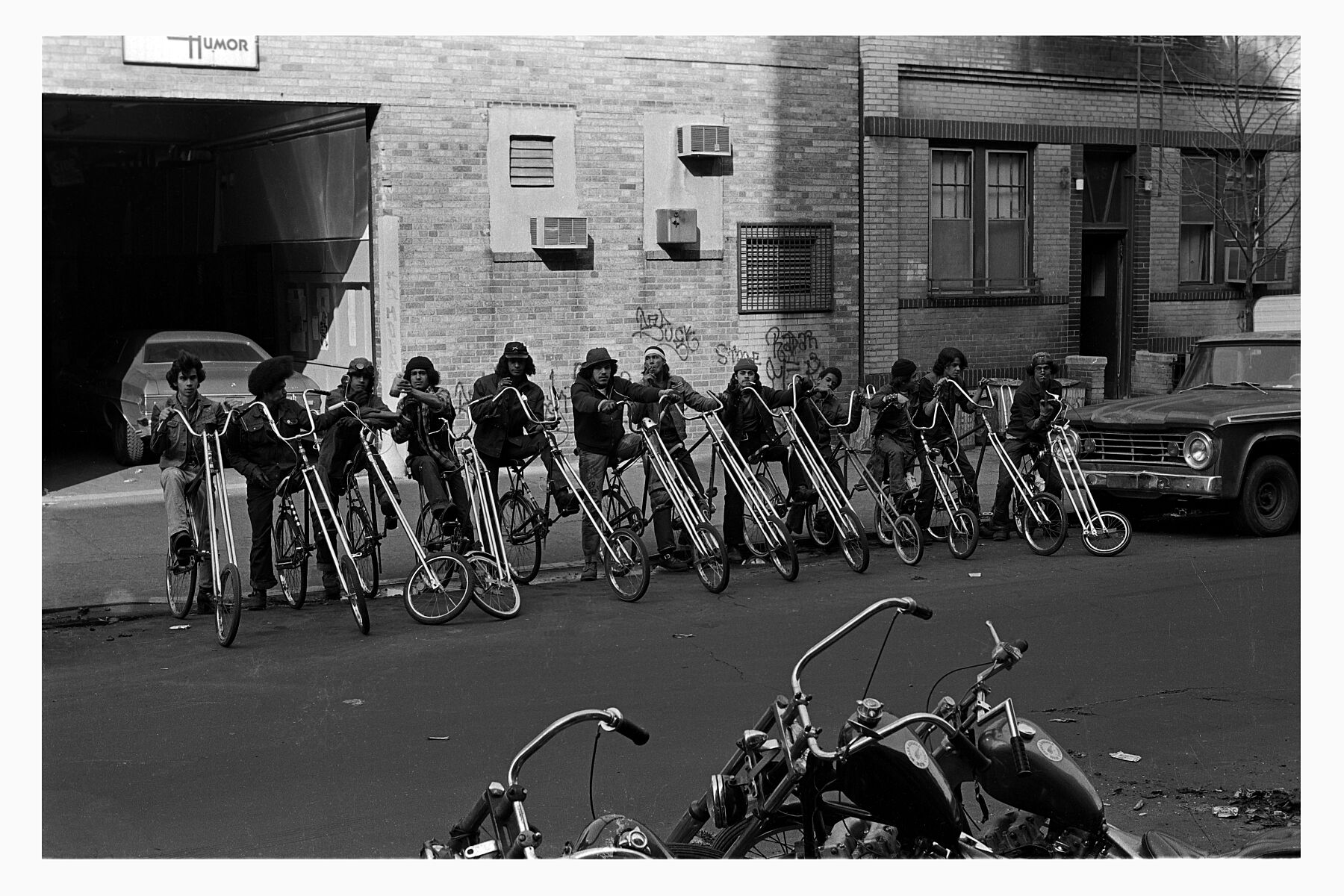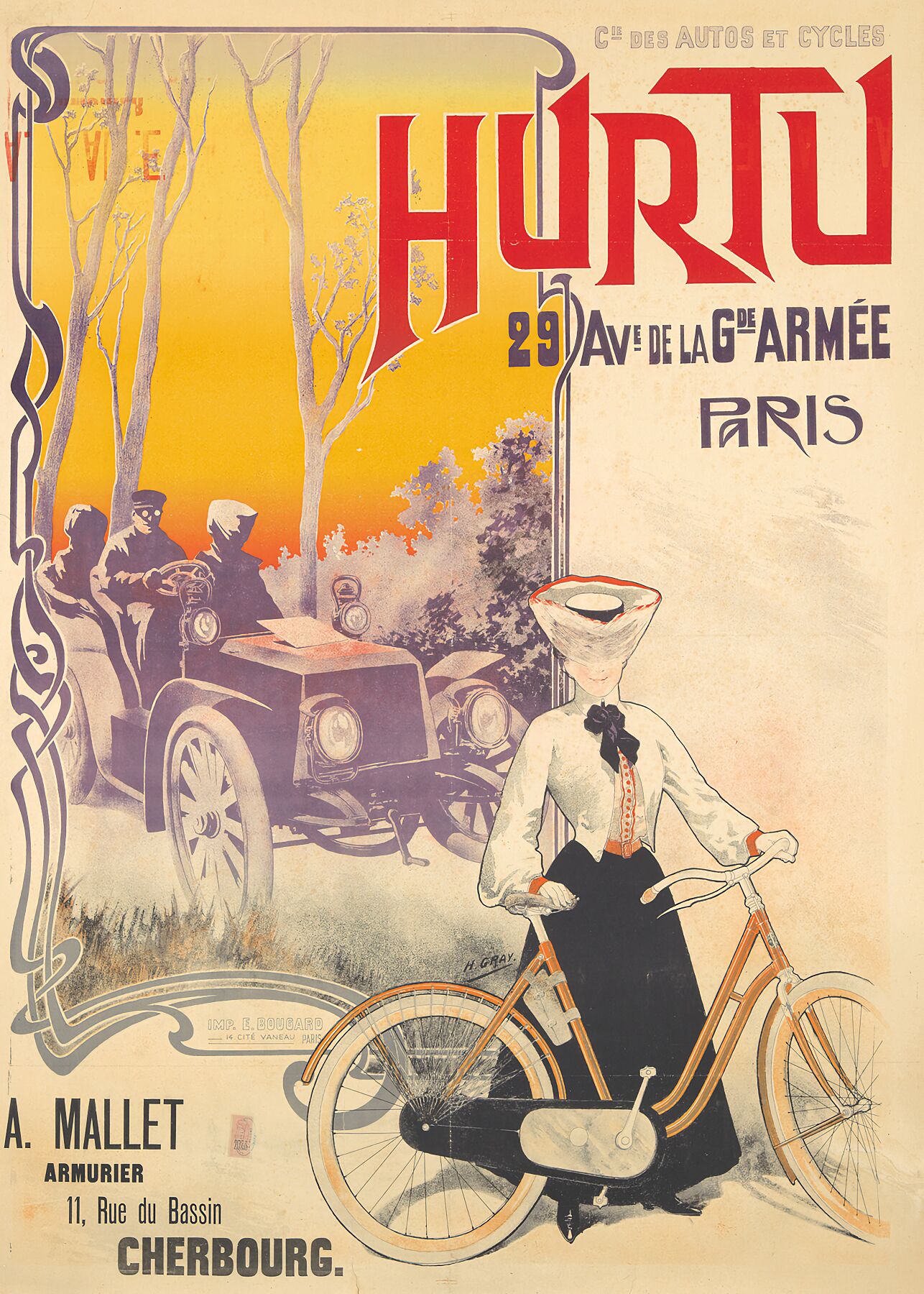Cycling
Posters advertising he joys of bicycles and cycling from the late 19th and early 20thy Century.
The civil rights leader, Susan Brownell Anthony, who played a significant role in American women’s suffrage, was interviewed in the New York World in 1896, and said:
I think [the bicycle] has done more to emancipate women than any one thing in the world. I rejoice every time I see a woman ride by on a bike. It gives her a feeling of self-reliance and independence the moment she takes her seat; and away she goes, the picture of untrammelled womanhood.
It was the height of the American bicycle craze, or at least what was thought of as a craze, and the following year, in 1897, more than two million bicycles were sold in the United States. Adverting the new technology with posters for bicycles and cycling was working.
Of course it wasn’t just in America that women were taking to bicycles in great numbers. In the same year a ‘lady correspondent’ in the Manchester Guardian reported that:
The coming summer will be the ladies’ season as far as cycling is concerned. Almost everyone one knows is buying a bicycle or talking of buying one.
The amusing point about the cycling mania as it affects the feminine world is that not only the young and frivolous but the staid and middle-aged are swayed by it. The lady may be no longer young; she may be stout; she may never have been known to depart by one hairsbreadth from the narrowest accepted canon of propriety. It is of no avail: none of these things shall save her: if she is not an absolute cripple, she will be seen this summer careering along the roads on a bicycle along with the youngest and giddiest of her sex.
Phebus Cycles – According to Fanny Erskine in Lady Cycling: “Some wise people say that corsets should be discarded for cycling. This is not correct. There should be no approach to tight-lacing, but a pair of woollen-cased corsets afford great support; they keep the figure from going all abroad, and protect the vital parts from chills.”
It was the invention of what was called the Safety Bicycle that changed everything – especially for women. It was a direct ancestor of what we ride today and had a chain, normal sized wheels and what was called a diamond frame. Although something similar had been developed a few years earlier the first bicycle to be called a “safety” was designed by the English engineer Henry (Harry) John Lawson in 1876. Unlike ‘penny-farthings’ or ‘ordinaries’ which had the huge front wheels and were ridiculously dangerous, the rider’s feet were within reach of the ground, making it easier to stop and, more importantly, stay on. An American cycling magazine, The Bearings, put it in 1894:
The [safety] bicycle fills a much-needed want for women in any station of life. It knows no class distinction, is within reach of all, and rich and poor alike have the opportunity of enjoying this popular and healthful exercise.























